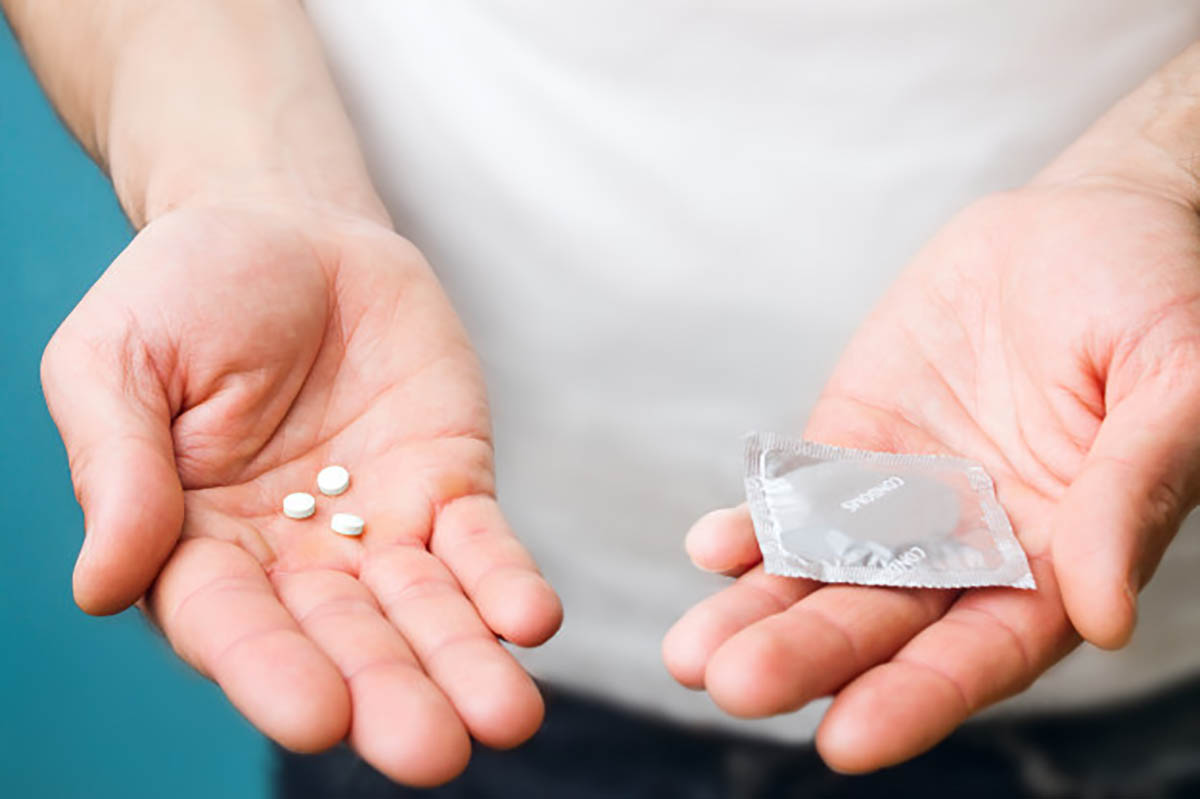Last Updated on November 12, 2023
The reason male contraception research has lagged for decades is unknown. However, research is progressing at a faster pace as the world becomes more equal. It is unlikely that we will benefit from this innovation in our generation, but the next generation of boys and men may be required to take an equal part in birth control with their spouses as safer and cheaper male contraception options become available.
Human reproduction is a two-way street – a sexual process that requires two individuals. Furthermore, the techniques developed to preclude it has been aimed at the female half. As of today, the only contraceptive method for males, excluding vasectomy, which may occasionally be irreversible, is a condom.
Women have been bearing the burden of birth control for years since it is their bodies that will suffer the consequences. However, as humanity matures, it is becoming increasingly evident that just as with reproduction itself, the methods used to prevent it should also reflect a sense of partnership, a more just balance.
Sure, condoms have remarkable success rates, but the responsibility of fathering a child can have a significant impact on men’s lives if things go wrong, whether those consequences are serious. In addition to alleviating the burden on women, male autonomy is also an issue.
There has been a lot of research done in recent years to create more male contraceptive methods.
A male contraception pill is currently in the research phase.
The development of a once-a-day male contraceptive pill is comparable to the pills women are taking. The steroid molecule that regulates sex hormone levels in the body as part of the male contraceptive pill functions in the same manner as the female contraceptive pill. The male sex hormone, testosterone, and its synthetic analog, progesterone, are combined to form a progestin molecule. The male reproductive glands, testes, are lowered because of the reduction in testosterone levels, leading to lower sperm production.
So why is it important for testosterone pills to have testosterone properties? To prevent side effects such as ejaculation problems or low libido, for example. While lowering testosterone levels in testicles is effective, low levels of it in the bloodstream can be detrimental to a person’s health.
How low is the sperm count are we talking about here? Normal semen at ejaculation contains between 40 and 300 million sperm per milliliter. For conception, at least 20 million healthy sperm per milliliter are required. These pills aim to reduce sperm counts to 1 million per milliliter to prevent pregnancy.
The gel is a contraceptive: It is ahead of all other options in its clinical trials, which is good news. Furthermore, one may apply it on the arms and shoulders every day and get the job done.
The gel employs a comparable hormonal mechanism to the pill and may result in similar side effects. Since the gel and the pill both utilize synthetic testosterone, the effectiveness of these hormonal options varies among men of different ethnic backgrounds. The reason for this is unknown.
A new non-surgical male contraception method, named RISUG, is being developed in India.
Non-surgical and non-hormonal alternatives to vasectomy exist, as well as the ‘Reversible Inhibition of Sperm Under Guidance’ method. This method is one of those alternatives, which is sometimes irreversible. The vas deferens, the tube connecting the testes to the ejaculatory ducts in the penis, are left intact in vasectomy, and a synthetic chemical is used to block it and destroy sperm as it travels through.
An Indian researcher has developed a non-toxic, immediate effective polymer. A man may get it injected and maintain it in place until he decides to have children. It may be removed just as easily with another injection that removes the chemical from the vas deferens.
It may become available for purchase in India soon, but worldwide it might be a while before it is available, as more trials are required to test its effectiveness and safety.
In Vitro Diagnosis.
This external plug is comparable to an Intrauterine Device (IUD), and it plugs the vas deferens to prevent sperm from reaching the penis. It can be conveniently removed when needed. However, like other contraceptive options for men, this device is still in its initial phases of research.
People other than myself:
Prior to maturing, male sperm undergoes several phases of development. From the testes to the penis, sperm must travel to ensure that it is properly pumped into the female vagina. Several points along the way may be targeted to prevent sperm from reaching the female body, allowing for the development of non-hormonal, reversible male contraception (NHRMC). Sperm production, transport, and movement are all being studied to develop NHRMC.
There were two serious setbacks.
Even though comparable female contraceptives have been widely accessible in markets for decades, developing male contraceptives has been challenging. More than 50 years ago, when women’s contraceptives were first produced, health regulatory bodies set much lower standards for acceptable side effects, and as a result, today’s standards go beyond the thresholds. Therefore, weight gain and decreased libido, which were not considered significant enough decades ago, are now considered beyond the threshold.
Furthermore, since men do not face the deadly risks associated with pregnancy and childbirth, those in positions of authority become even less willing to accept the side effects, because they do not face those risks.
There have been several decades of delay in male contraception work due to several reasons. Fortunately, research is progressing quickly as the world becomes fairer and fairer. Birth control may not be something our generation can enjoy, but the next generation of boys and men may be able to as better, safer, and more affordable male contraception options become available in the market.







